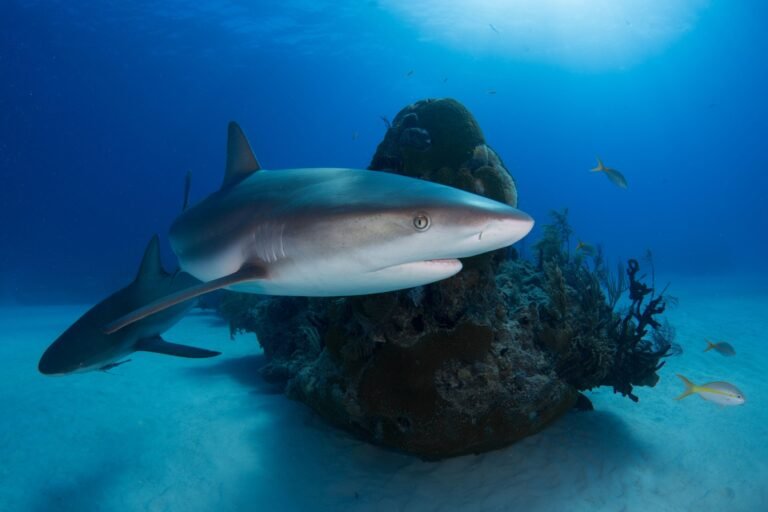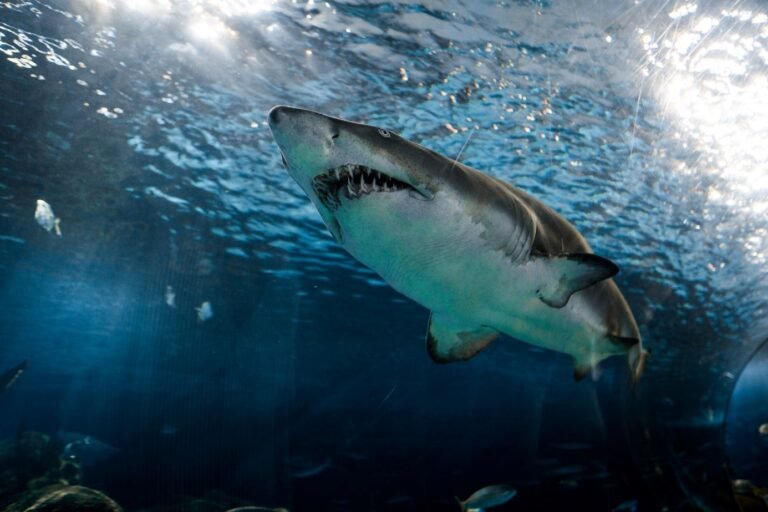what is Invertebrates?breed

The definition of an invertebrate is any animal that does not have a backbone or spine. The most prolific and easily identifiable members of the invertebrate family are insects. It is estimated that there are over 30 million individual species of invertebrates, making up 90-95% of all organisms on the planet. All phyla except Chordata are composed entirely of invertebrates, and the phylum Chordata is also composed primarily of
Invertebrates insect.
Only the Chordata subspecies called Vertebrates contains Vertebrates. Some invertebrates have an exoskeleton or hard shell, such as snails, crabs, or clams. Most have compound eyes that form an extension of the skin, and all invertebrates are cold-blooded. This means they cannot regulate their body temperature at all through internal methods and rely on the outside temperature to maintain it.
Invertebrates breathe in different ways. Some arthropods use spiracles, small openings in their exoskeleton, and other invertebrates exchange gases throughout their bodies, such as B. several species of sea worms.
Many invertebrates breathe through gills, but those gills are as diverse as the invertebrates themselves. Most people think of gills when they think of fish, but the definition of a gill is any thin-walled structure that allows gas exchange. This leaves plenty of room for variation within a single organ.

Some of the most interesting types of breathing are found in a variety of aquatic invertebrates. Freshwater mussels use microscopic cilia to move water and its contents through their bodies. This allows the mussels to feed and channel water through the modified gills.
They breathe oxygen through the same suction cups on their limbs that allow them to move, and sea cucumbers actually breathe through lungs that can process water. Aquatic Invertebrates
While insects are the most common invertebrates that humans come into contact with on a daily basis, aquatic invertebrates permeate virtually all of the more common classes of invertebrates.
Compared to a single class of insects. Marine invertebrates are found in fresh, salt and brackish water. Here are some of the more common invertebrate groups and some of their species. Notable Invertebrates
The largest recorded invertebrates belong to the squid family. The giant squid is the longest and largest recorded specimen, measuring 59 feet in length. That’s about the length of a school bus! While slightly smaller, colossal squid are much heavier, weighing around half a ton. Giant squid are extremely elusive, and scientists have found that the harsh, deep-sea climate in which they live makes it virtually impossible to record many details about the species.
Colossal squid is a little better known but still uncommon. These animals also hold the record for the largest eyes of any invertebrate, ranging from 10 to 16 inches in diameter.





